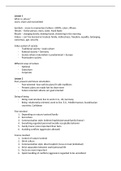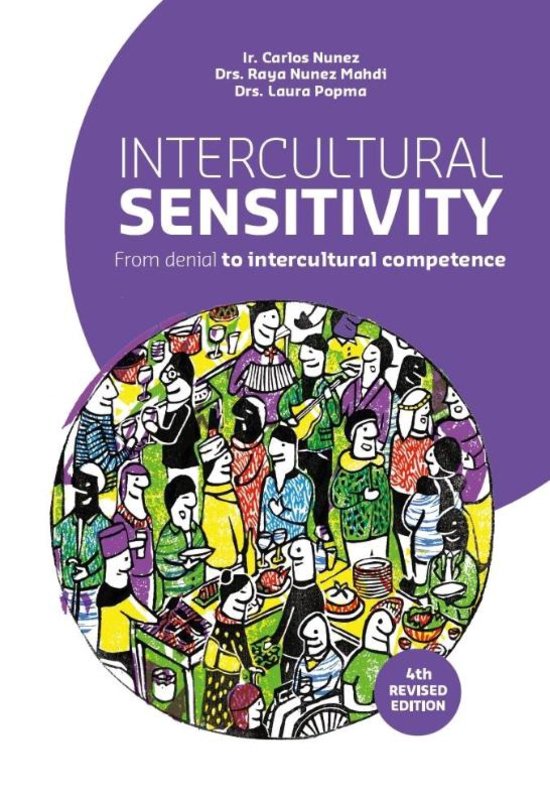Lesson 1
What is culture?
Learn, share and transmitted
Symbols – move to momentary fashion = BMW, colors, iPhone
Heroes – fictive person, mom, sister, Mark Rutte
Rituals – changing slowly; shaking hands, showering in the morning
Values – can’t be learned or treated; family, indirectness, freedom, equality, belonging,
consensus, age, security
Value system of society
- Traditional society = Arab culture
- Rational society = Germany
- Society where materialism is predominant = Europe
- Postmodern society
Different ways of culture
- National
- Subculture
- Corporate
Lesson 2
Past, present and future orientation
- Past-oriented: how well do plans fit with traditions
- Present: plans are made fort he short-term
- Future oriented cultures are goal oriented
Doing of being
- Doing: task oriented, live to work. E.G., US, Germany
- Being: relationship oriented, work to live. E.G., Mediterranean, Scandinavian
countries, Caribbean
Fine-meshed
1. Depending on nature/context/family
2. Eat culture
3. Communication style: indirect/implicit/personal/family (honor)
4. Everything regarded personal/socially acceptable behavior
5. Family honor more important than facts
6. Avoiding conflicts (aggression allowed)
Coarse-meshed
1. Control of nature/context
2. Drink culture
3. Communication style: direct/explicit, focus on task (individual)
4. Strict separation between work/personal life
5. Facts are more important
6. Quick handling of conflicts (aggression regarded to be uncivilized
, Geert Hofstede’s cultural dimensions
1. Power Distance
a. The extent to which less powerful members of a society accept and expect
that power is distributed unequally (attitudes to authority, hierarchy)
2. Uncertainly Avoidance
a. The extent to which people feel threatened by uncertainty and ambiguity and
try to avoid these situations (the degree of tolerance for instability)
3. Individualism/Collectivism
a. People looking after themselves and their immediate family only, versus
people belonging to in-groups that look after them in exchange for loyalty
4. Masculinity/Femininity
a. The dominant values in a masculine society are achievement and success; the
dominant values in a feminine society are caring for others and quality of life
Friends; The One With The Male Nanny (work goals versus personal goals)
5. Short-term vs. Long-term Relationships
a. The extent to which a society exhibits a pragmatic future oriented perspective
rather than a conventional historic or short-term point of view (focus on past,
present or future)
6. Indulgence vs. Restraint
a. The extent to which a society allows basic and natural desires to be gratified
in its pursuit of happiness. (giving in to desires, dreams)






